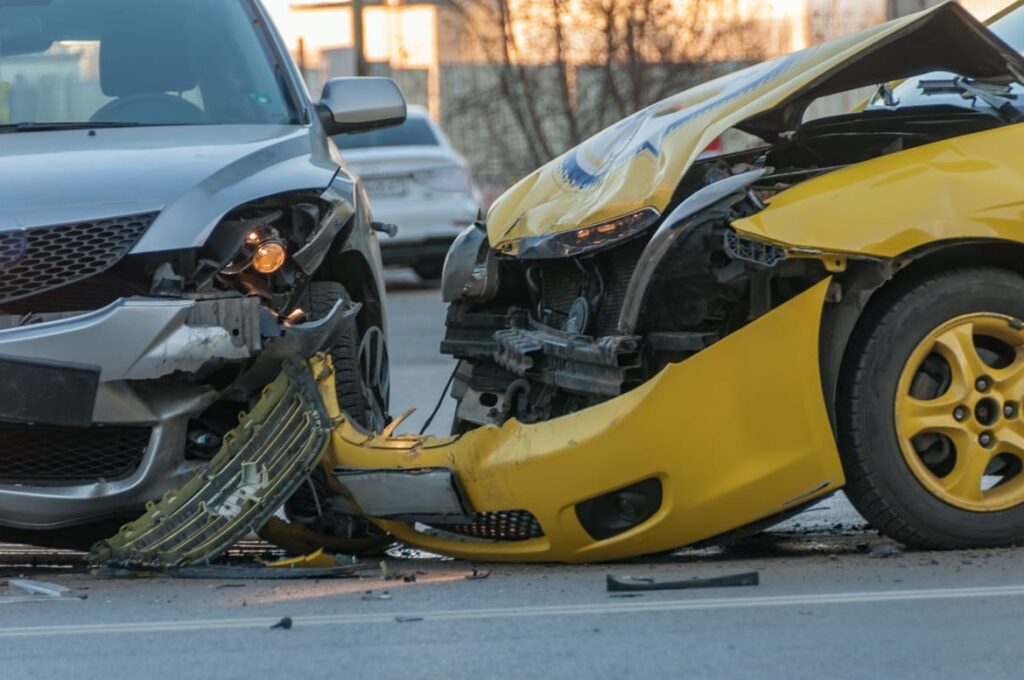Head-on collisions are widely recognized as among the most severe types of car accidents, posing grave dangers to motorists, passengers, and pedestrians alike. An in-depth comprehension of the mechanics and consequences of these collisions and seeking guidance from a head-on car accident lawyer illuminates why they are deemed exceptionally dangerous on the roads. Understanding the complexities of legal proceedings and liability issues associated with these collisions is crucial for securing rightful compensation and navigating the aftermath of such traumatic events.
Physics of Impact
In head-on collisions, two vehicles traveling in opposite directions collide, resulting in a forceful impact. The force generated from such collisions is amplified due to the combined velocities of the involved vehicles. This force disperses throughout the cars, inflicting extensive damage and severe injuries. During impact, the kinetic energy of the vehicles is converted into destructive energy, leading to structural deformation and potential occupant ejection.
High Probability of Fatalities
Head-on collisions are predisposed to higher fatality rates compared to other accident types. The force of impact, compounded by its proximity to the occupants, escalates the risk of fatal injuries. Older vehicles lacking crumple zones and safety features heighten this risk. Furthermore, due to the frontal orientation of such collisions, direct impacts to critical body areas like the chest and head are common, thereby heightening the risk of severe injuries and fatalities. The abrupt cessation of forward momentum upon impact can induce rapid deceleration forces, potentially leading to fatal trauma.
Increased Risk of Catastrophic Injuries
Even in cases where fatalities are averted, head-on collisions frequently cause catastrophic injuries such as traumatic brain injuries, spinal cord injuries, organ damage, and severe fractures. Such injuries have the potential to lead to enduring disabilities, persistent pain, and profound emotional distress for both the individuals affected and their families. The violent nature of these can subject occupants to multiple points of impact within the vehicle, heightening the risk of severe injuries.
Limited Reaction Time
Unlike other accidents where drivers may have time to react, head-on collisions often occur suddenly, leaving little room for evasive action. Distracted driving, adverse weather conditions, and impaired visibility diminish reaction times, heightening the risk of these accidents. Additionally, the psychological impact of imminent danger may impede drivers’ ability to respond effectively.
Increased Risk of Secondary Collisions
Head-on collisions can trigger secondary collisions involving other vehicles or objects. The initial impact may cause vehicles to veer uncontrollably, resulting in subsequent collisions with nearby cars, trees, or structures. These secondary collisions exacerbate the damage and injuries inflicted by the initial impact. Furthermore, the aftermath may obstruct the roadway, increasing the risk of additional collisions involving passing vehicles. Prompt emergency response and effective traffic management are essential to mitigate further harm and ensure the safety of all involved.
Due to their forceful impact, these accidents significantly threaten road safety. Understanding the contributing factors is essential for implementing preventive measures and promoting safer driving practices on our roads. In the event of a head-on collision, seeking legal counsel from an experienced head-on car accident lawyer can offer indispensable guidance in navigating insurance claim intricacies and pursuing fair compensation. These specialized legal professionals possess the expertise to advocate for victims’ rights and seek justice against negligent parties, ensuring those affected receive the support and representation they deserve.





